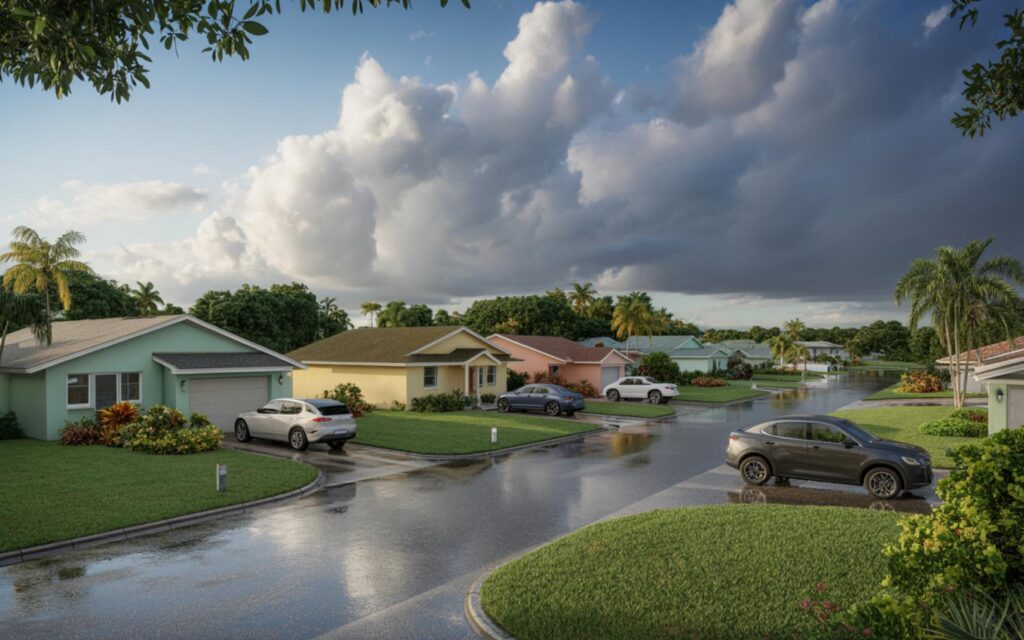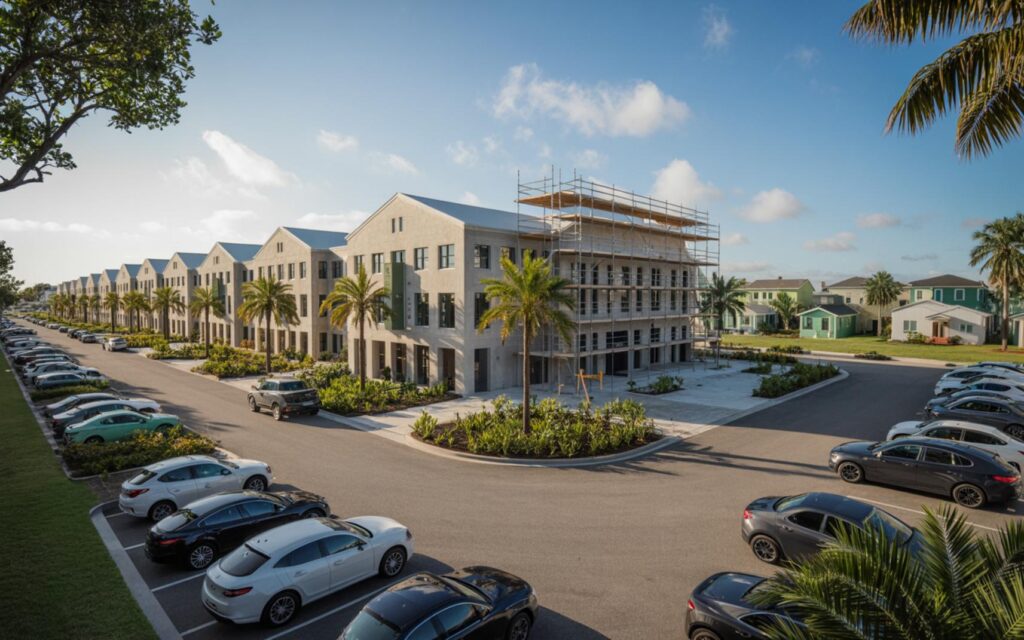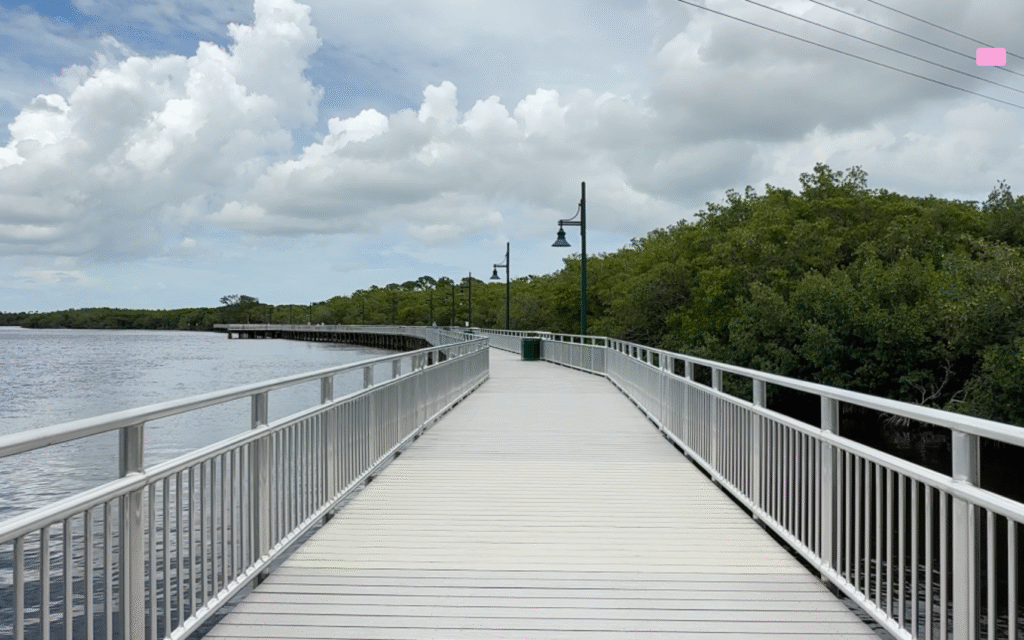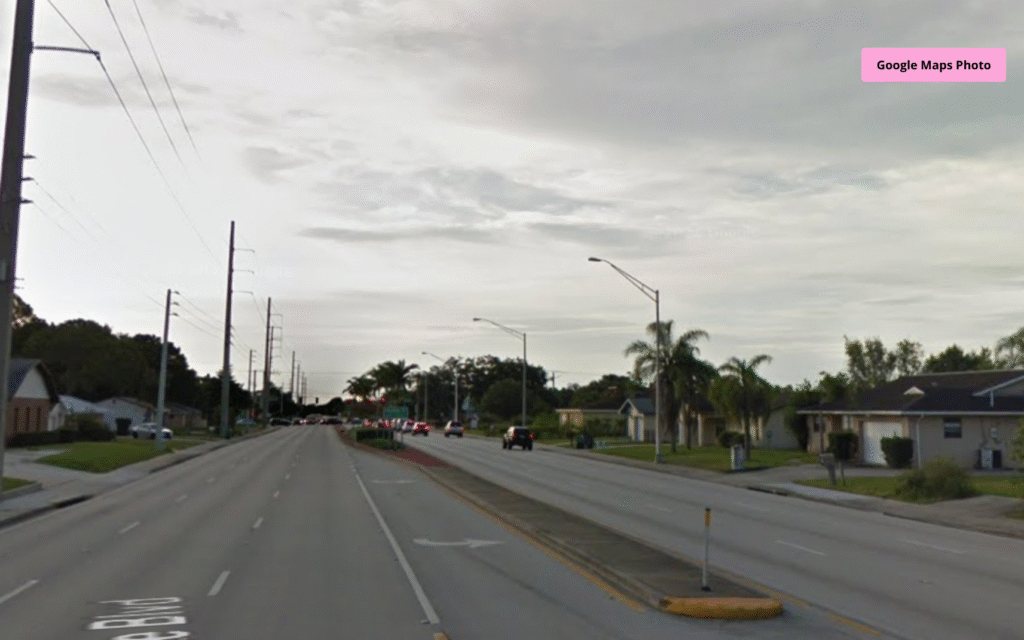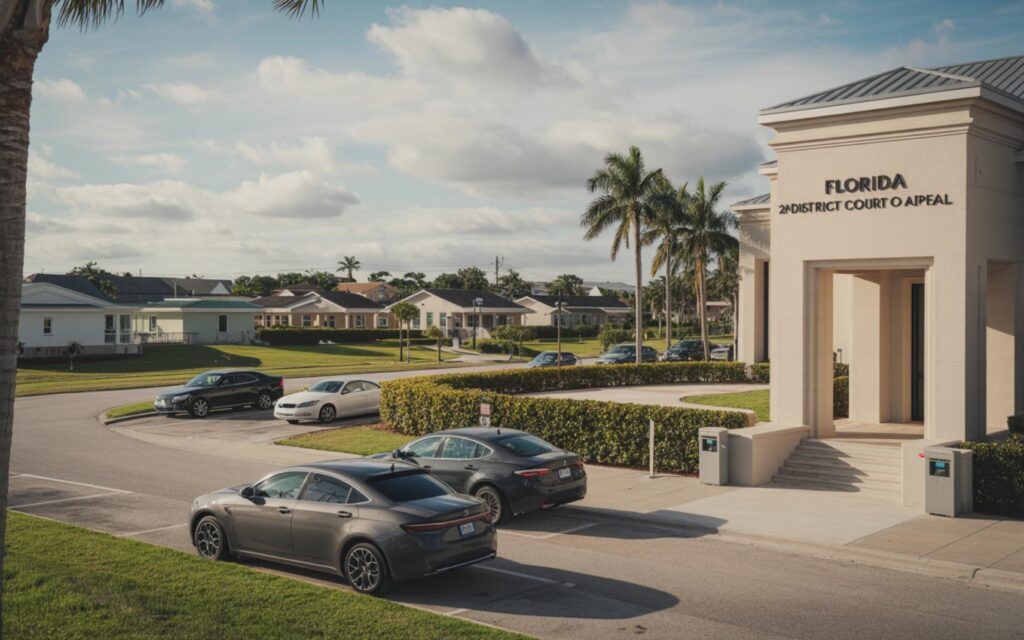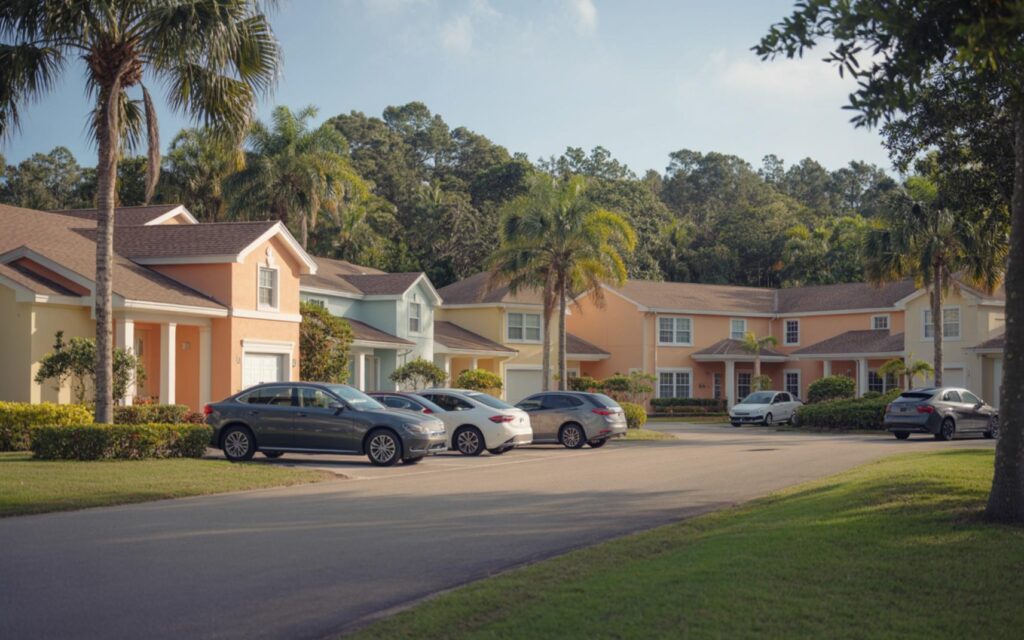Port St. Lucie tropical climate shapes daily life with hot, humid summers, mild winters, and frequent rainfall. The city’s weather patterns reflect broader trends along Florida’s east coast, creating distinct conditions that impact residents and visitors alike.
Port St. Lucie Tropical Climate Overview
Port St. Lucie experiences a tropical climate, marked by high humidity and consistently warm temperatures throughout the year. According to the National Weather Service, the city averages between 58 and 60 inches of rainfall annually, which is much higher than the national average in the United States.
There are typically about 238 sunny days per year in Port St. Lucie, but rain is common, especially during the warmer months. This combination of sunshine and rainfall defines much of the local weather experience.
Rainfall Patterns and Wettest Months in Port St. Lucie
The wettest months in Port St. Lucie are June through September. According to the National Weather Service, monthly rainfall during this period often exceeds 6 inches. August and September are usually the rainiest months, with frequent afternoon downpours.
These rainfall events are typically brief but intense. Thunderstorms often develop rapidly in the afternoon, following sunny mornings and early afternoons. The combination of heat, humidity, and sea breezes contributes to the formation of these storms.
Afternoon Downpours and Storm Development
Afternoon downpours are a regular part of the summer and early fall in Port St. Lucie. According to the National Weather Service, these storms are driven by convective processes, where warm, moist air rises quickly and leads to thunderstorm formation.
Precipitation events can be sudden, with storms developing with little warning. This pattern is typical for Florida’s east coast, where convective storms are common after sunny starts to the day.
Temperature and Humidity in Port St. Lucie
Summer temperatures in Port St. Lucie often reach highs around 89 to 91 degrees Fahrenheit. High humidity levels make conditions feel even hotter, especially during the peak of summer.
Winters are mild and comfortable, providing a contrast to the hot, humid conditions of the summer months. These temperature patterns are consistent with other cities along Florida’s Atlantic coast.
Impact of Humidity on Daily Life
High humidity not only increases the heat index but also contributes to the rapid development of thunderstorms. Residents and visitors are advised to stay prepared for quick weather changes, particularly during the wet season.
Outdoor activities and travel can be disrupted by sudden storms, and local authorities recommend monitoring weather forecasts regularly during the summer and early fall.
Influence of Climate Change on Port St. Lucie Weather
Ongoing monitoring by climate experts and agencies such as the National Oceanic and Atmospheric Administration (NOAA) indicates that climate change may influence the frequency and intensity of heavy rainfall events in Port St. Lucie.
According to current research, while the overall annual rainfall totals may not change significantly, short-term, intense rainfall events are expected to become more common. This shift increases the risk of localized flooding, particularly in low-lying areas.
Extreme Precipitation Events and Localized Flooding
Short, intense downpours can overwhelm drainage systems and lead to temporary flooding. The city’s infrastructure and emergency services are experienced in managing these conditions, but heavy rain can still disrupt daily routines and outdoor plans.
Officials report that residents should remain alert during the wet season, as storms can develop rapidly and bring significant rainfall in a short period.
Typical Weather Patterns: Sunny Mornings, Stormy Afternoons
A defining feature of Port St. Lucie’s summer weather is the combination of sunny mornings followed by afternoon thunderstorms. This pattern is well-known throughout Florida’s east coast and is a result of the region’s tropical climate and atmospheric conditions.
According to the National Weather Service, these convective storms are a normal part of the seasonal cycle. Residents and visitors often plan outdoor activities for the morning hours, anticipating possible storms later in the day.
Adapting to Port St. Lucie’s Tropical Climate
The city’s infrastructure is designed to handle frequent rainfall and rapid weather changes. Emergency services are prepared for extreme weather events, but heavy downpours can still cause temporary disruptions.
Local authorities recommend staying informed about weather updates, especially during the wettest months, and being prepared for sudden changes in conditions.
Frequently Asked Questions About Port St. Lucie Tropical Climate
What is the average annual rainfall in Port St. Lucie?
Port St. Lucie receives about 58 to 60 inches of rainfall each year. This is much higher than the U.S. average, making the area one of the wetter regions in Florida.
How many sunny days does Port St. Lucie have per year?
On average, Port St. Lucie has around 238 sunny days each year. However, rain is common, especially during the summer and early fall.
Are afternoon storms common in Port St. Lucie?
Yes, afternoon thunderstorms are frequent during the wet season, especially from June through September. These storms often follow sunny mornings and can be intense but brief.
Can you expect rapid weather changes in Port St. Lucie?
Rapid weather changes are typical, especially in the summer months. Residents and visitors should be prepared for sudden storms that can develop quickly during the afternoon.
Where are the wettest months in Port St. Lucie?
The wettest months are June through September, with August and September usually seeing the most rainfall. Monthly totals often exceed 6 inches during this period.

